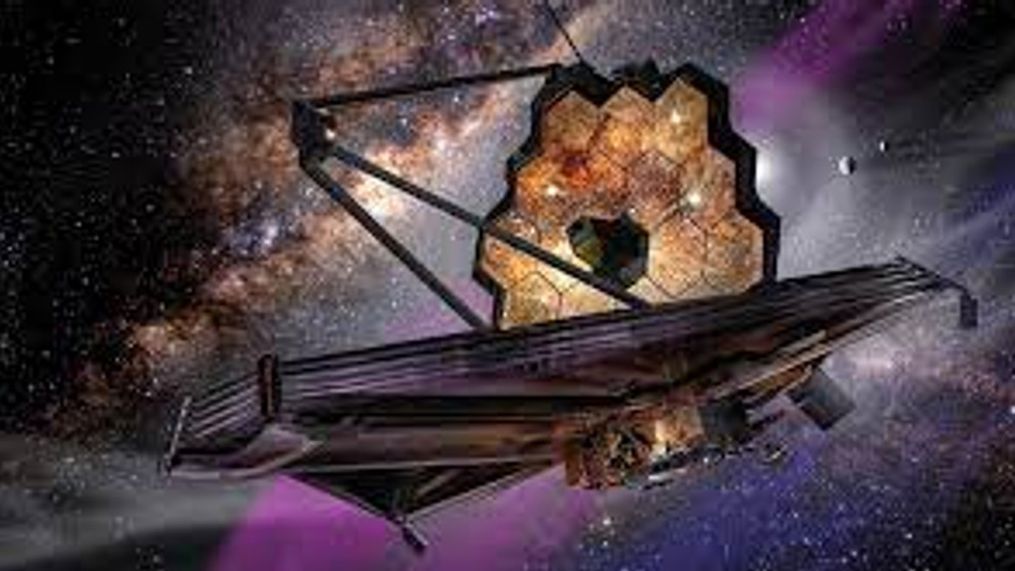The Webb Telescope: A cosmic time machine that will show the first galaxies and stars
WASHINGTON (WJLA) — The James Webb space telescope is like a time machine and will allow us to see all the way back to the first 100 million years of our universe and help answer two major questions: Where did life come from and are we alone in the universe?
Dr. Nicole Colon, an astrophysicist at NASA's Goddard Space Flight Center in Greenbelt, says, "We are going to see towards the beginning of the universe closer than ever before with Webb."
Scientists only know 5% of what is going on in our universe dating back to the Big Bang some 13.8 million years ago.
RELATED |Space telescope launched on daring quest to search for life, behold 1st stars
"The whole reason we launch telescopes like Webb is that we know planets of all sizes are out there and we want to find ones that have similar temperatures and sizes as earth to see if they could possibly be anything like earth. Finding an earth like planet would be amazing", says Dr. Colon.
The Webb telescope, constructed completely by hand, much of it at NASA's Goddard Space Flight Center in Greenbelt, Maryland is bigger and more complex than its predecessor, the Hubble telescope launched 31 years ago.
The Webb telescope will journey a million miles out far past the moon and collect data for around 10 years.
It is designed to be 100 times more sensitive than the Hubble telescope and has a significantly larger mirror/area to collect data.
More than six times the surface area thanks to a combination of many mirrors.
Dr. Colon says, "All the mirrors, there's two wings that unfold to help the Webb telescope serve as one big mirror. But even among those wings, there's 18 individual mirrors that come together to look like and act like a single mirror."
Once deployed the 18 mirrors will collect infrared data and focus that data back to a single point that is then collected by instruments onboard. The instruments will convert the data to brilliant images with far more detail than the Hubble telescope.
While one side of the telescope will sit pointing away from the sun (370 degrees F), the other will sit facing the sun (around 230 degrees F). A major challenge was building a protective, lightweight shield to protect the optics, mirrors and instruments onboard the Webb telescope.
NASA scientists designed a silver parasol the size of a tennis court to do just that. The shield is made from several layers of lightweight gasometer sheets.
"After completing midcourse corrections, the Webb telescope passes the orbit of the Moon. The mid boom extends and the sun shield assumes its hexagonal tennis court size shape. Discoveries made by this observatory will rewrite textbooks inspiring the next generation of future engineers and scientists. "
It won't be until the summer of 2022 before scientists see some of Webb's first images.
Track the deployment and progress of the Webb telescope hereas it heads to its deep-space destination 1 million miles away.




